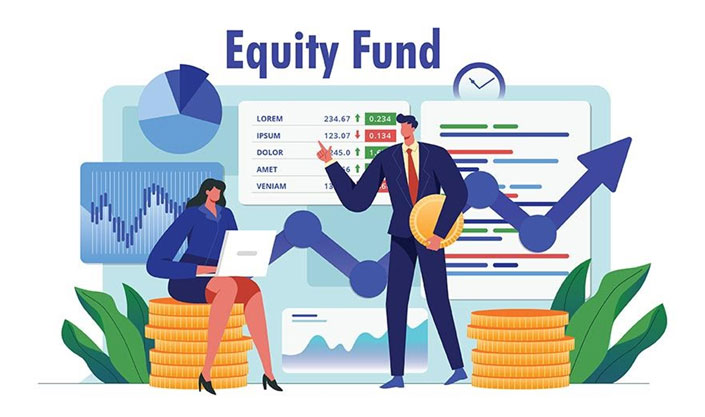The majority of founders are aware that if a company’s fundamentalist management team, market potential, its operational systems, and controls are strong, it is possible to raise funding at any stage. It might be thrilling to face fundraising through angel investors or any startup investor platform like 10club to expand your business. However, as thrilling as the quest for funding may be, startup investment in India also poses risks. Although they cannot be avoided, entrepreneurs may at least plan for them if they are aware of what risks occur with different types of startup fundraising.
No matter how big your business is, the first step in fundraising is figuring out how much money you’ll need for your goals. This exercise will help entrepreneurs comprehend the financial reality of their firm. Being unfamiliar with your own figures is the simplest way to turn off a potential investor or bank loan officer. A SaaS product may not have the license, inventory, and insurance requirements that an offline store would have.
Here are some funding formats founders need to know more about:
Debt

Traditional bank loans and company lines of credit are extremely difficult to get for companies with fewer than two years of tax records, despite the fact that it might seem like an obvious alternative. They frequently impose strict collateral conditions, if they are a possibility.
A better avenue for equity free capital would be Revenue Based financing which is quick debt financing by multiple investor platforms like Klub. Avoid onboarding equity investors until the funding size is too large for debt investors. Flexible debt options like revenue financing, supply chain financing, working capital financing, etc. have proven highly effective for startups looking to boost their revenues. How does it work?
- Determine the biggest challenge your business is facing because of low capital
- Raise flexible funding (which you can repay as a percentage of your revenues)
- Invest in your business operations and boost your sales
- Higher the revenues, higher the revenue share repaid, faster you repay the debt, and faster you grow your business
Equity

An equity round entails establishing a per-share price and a value for your firm (usually, the cap on the safes or notes is regarded as a company’s notional valuation, but notes and safes can alternatively be uncapped). Then, fresh shares of the company are issued and sold to investors. This explains why safe or convertible notes are more popular for early rounds even though they are always more difficult, costly, and time-consuming. Venture capitalists & angel investors offer upfront capital to startups against a stake or ownership in startups. In an ideal world, you should raise as much capital as is required to become profitable in order to avoid ever needing to do so. If you are successful, not only will it be simpler for you to raise money in the future, but you will also be able to survive if financing becomes scarce. That being said, some firms, including those that are developing hardware, will require a follow-on round. Their objective should be to raise the amount of money required to reach their next “fundable” milestone, which will typically be reached 12 to 18 months from now. It is typically a good idea to develop numerous plans anticipating various fundraising totals and to clearly state your conviction that the firm will succeed whether you collect the entire amount or a lower one.
Read More: Sudeep Vishwas – Being A Young Entrepreneur And Setting Examples For Others
You have to weigh a number of factors when deciding how much money to raise, such as the amount of advancement that money will buy, your reputation with investors, and dilution. It would be fantastic if you could just give away 10% of your firm during your seed round, but most rounds will demand up to a 20% dilution, and you should attempt to stay under 25%. In any case, the amount you are requesting ought to be supported by a plausible strategy. The credibility you need to convince investors that their money will have a chance to grow will be acquired by using that strategy.


1 Comment
Pingback: Why CITTA’s Talc-Free Soothing Baby Powder Has Gone Out Of Stock Within A Week?